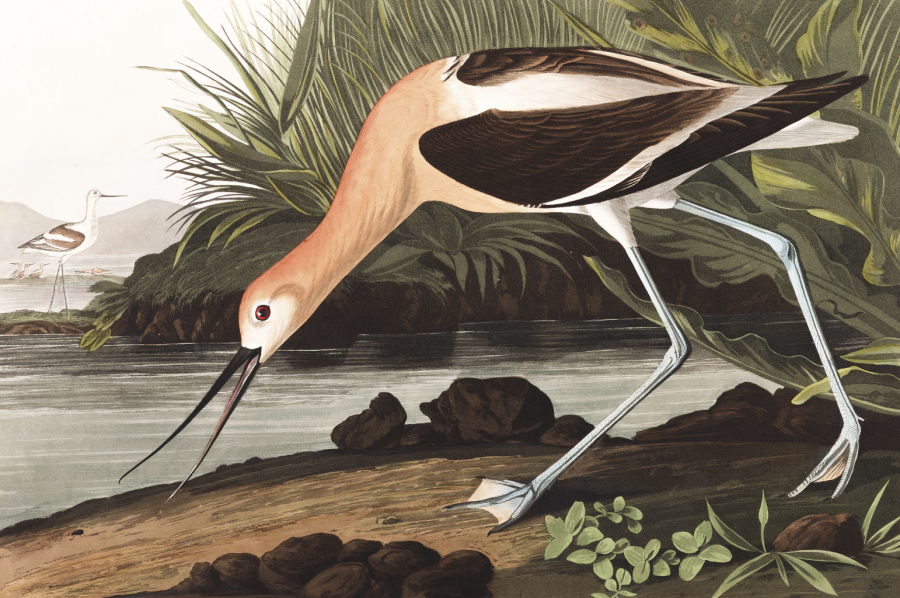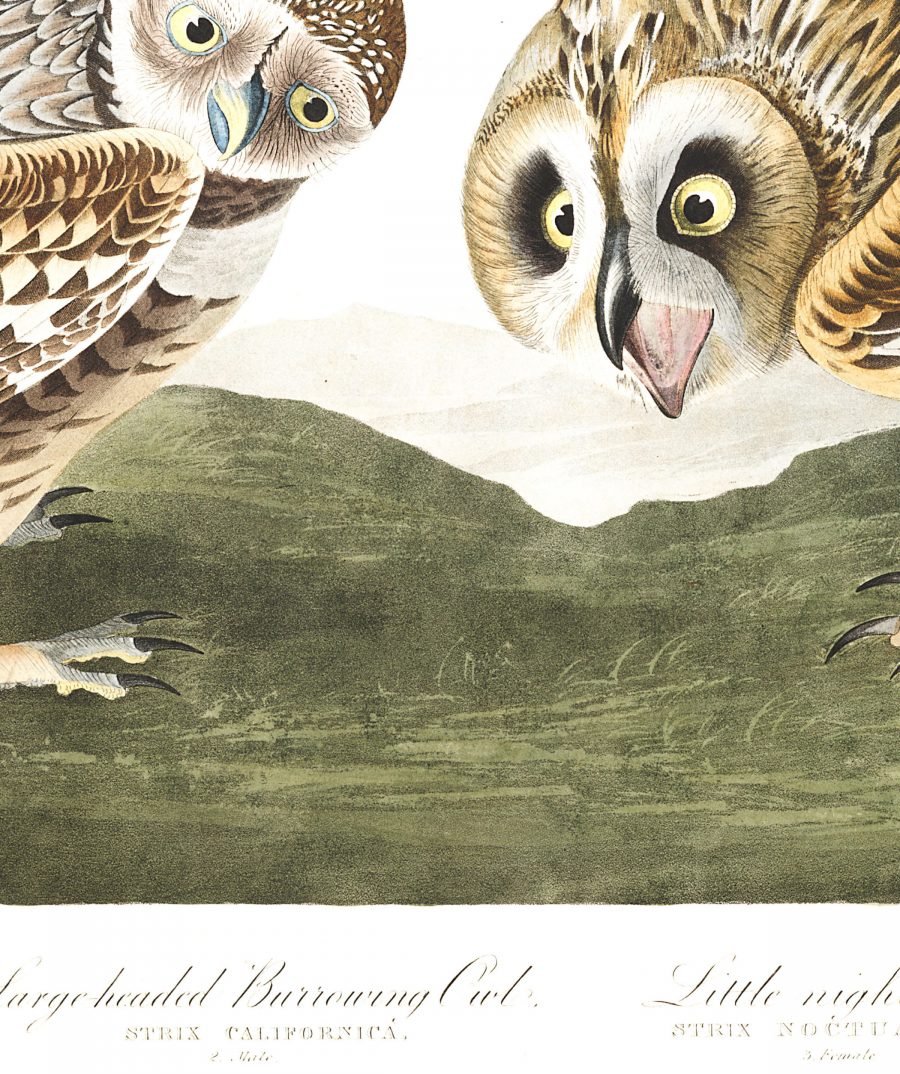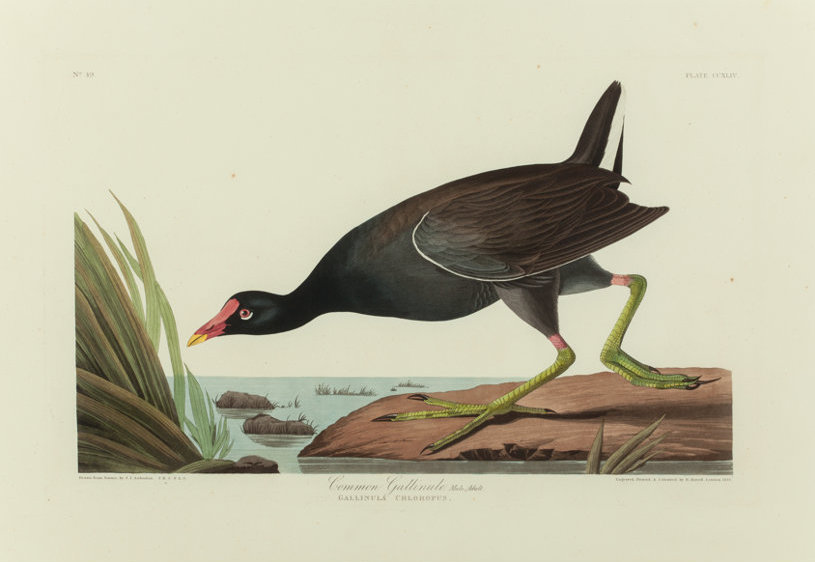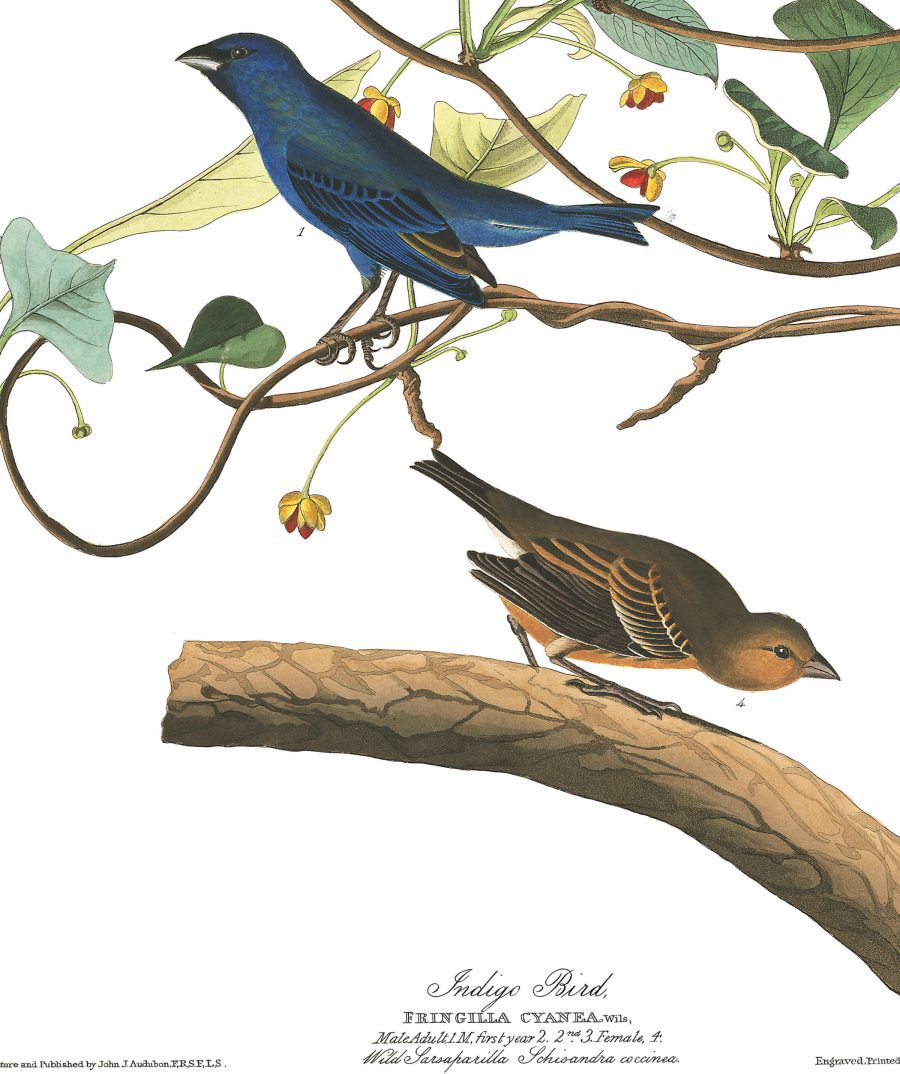We all know what to think of when we hear the term bonsai: dwarf trees. Or so Shinobu Nozaki titled his book, the very first major publication on the subject in English. Dwarf Trees came out in the 1930s, not long after the Japanese art of bonsai started drawing serious international attention. But the art itself goes back as far as the sixth century, when Japanese embassy employees and students of Buddhism returning from sojourns in China brought back all the latest things Chinese, including plants growing in containers. By six or seven centuries later, as scrolls show us today, Japan had taken that horticultural technique and refined it into a practice based on not just miniaturization but proportion, asymmetry, poignancy, and erasure of the artist’s traces, one that produces the kind of trees-in-miniature we recognize as artworks, and even masterworks, today.
It hardly needs saying that bonsai trees don’t take shape by themselves. As the name, which means “tray planting” (盆栽), suggests, a work of bonsai must begin by planting a specimen in a small container. From then on, it demands daily attention in not just the provision of the proper amounts of water and sunlight but also careful trimming and adjustment with trimmers, hooks, wire, and everything else in the bonsai cultivator’s surprisingly large suite of tools.
You can see a Japanese master of the art named Chiako Yamamoto in action in “Bonsai: The Endless Ritual,” the BBC Earth Unplugged video at the top of the post. “Shaping nature in this way demands everlasting devotion without the prospect of completion,” says its narrator, a point underscored by one bonsai under Yamamoto’s care, originally planted by her grandfather over a century ago.
You’ll find even older bonsai at the National Bonsai Museum at the U.S. National Arboretum in Washington D.C. In the video “Bonsai Will Make You a Better Person,” curator Jack Sustic — an American first exposed to bonsai in the military, while stationed in Korea — shows off a Japanese white pine “in training” since the year 1625. That unusual terminology reflects the fact that no work of bonsai even attains a state of completeness. “They’re always growing,” say Sustic. “They’re always changing. It’s never a finished artwork.” In National Geographic’s “American Shokunin” just above, the titular bonsai cultivator (shokunin has a meaning similar to “craftsman” or “artisan”), Japan-trained, Oregon-based Ryan Neil, expands on what bonsai teaches: not just how to artistically grow small trees that resemble big ones, but what it takes to commune with nature and attain mastery.
“A master is somebody who, every single day, tries to pursue perfection at their chosen endeavor,” says Neil. “A master doesn’t retire. A master doesn’t stop. They do it until they’re dead.” And as a work of bonsai literally outlives its creator, the pursuit continues long after they’re dead. The bonsai master must be aware of the aesthetic and philosophical values held by the generations who came before them as well as the generations that will come after. Wabi sabi, as bonsai practitioner Pam Woythal defines it, is “the Japanese art of finding beauty in imperfection and profundity in nature, of accepting the natural cycle of growth, decay, and death.” Shibumi (or in its adjectival form shibui) is, in the words of I Am Bonsai’s Jonathan Rodriguez, “the simple subtle details of the subject,” manifest for example in “the apparent simple texture that balances simplicity and complexity.” Looked at correctly, a bonsai tree — leaves, branches, pot, and all — reminds us of the important elements of life and the important elements of art, and of the fact that those elements aren’t as far apart as we assume.
Related Content:
Wabi-Sabi: A Short Film on the Beauty of Traditional Japan
Discover the Japanese Museum Dedicated to Collecting Rocks That Look Like Human Faces
Based in Seoul, Colin Marshall writes and broadcasts on cities, language, and culture. His projects include the book The Stateless City: a Walk through 21st-Century Los Angeles and the video series The City in Cinema. Follow him on Twitter at @colinmarshall or on Facebook.









